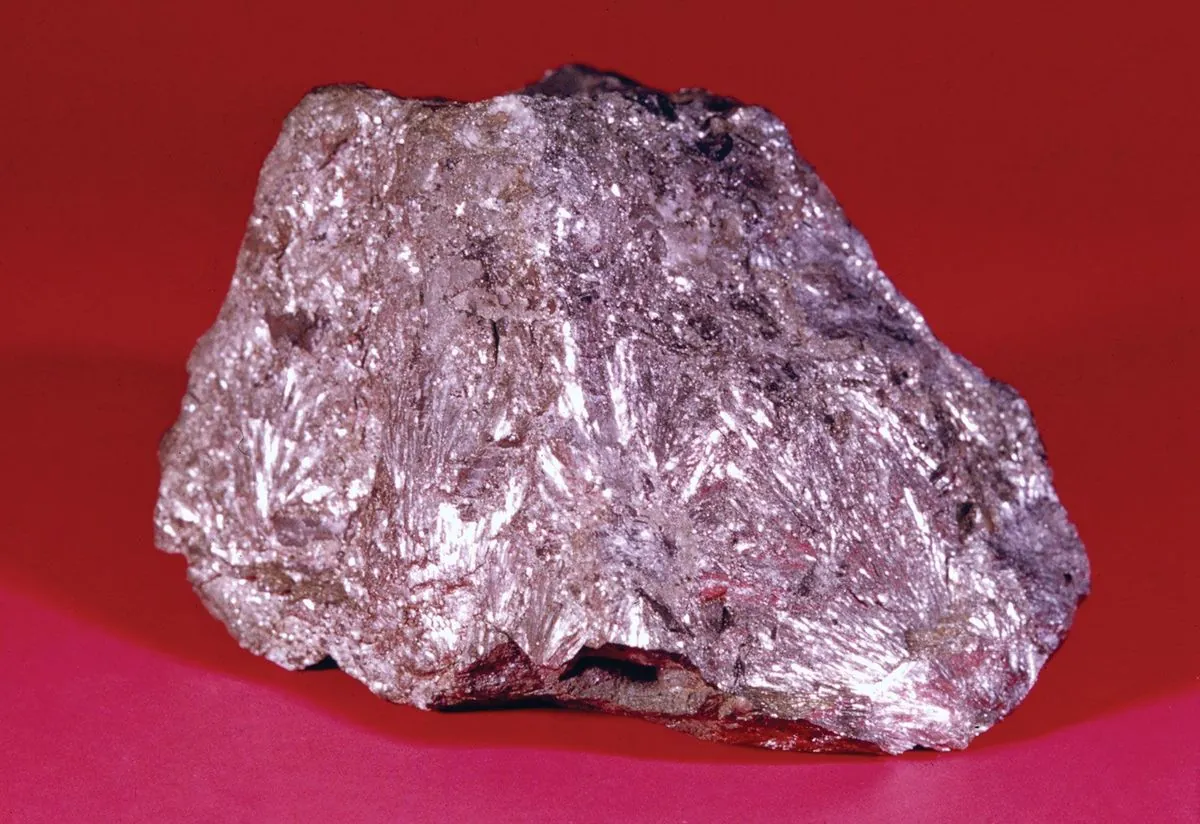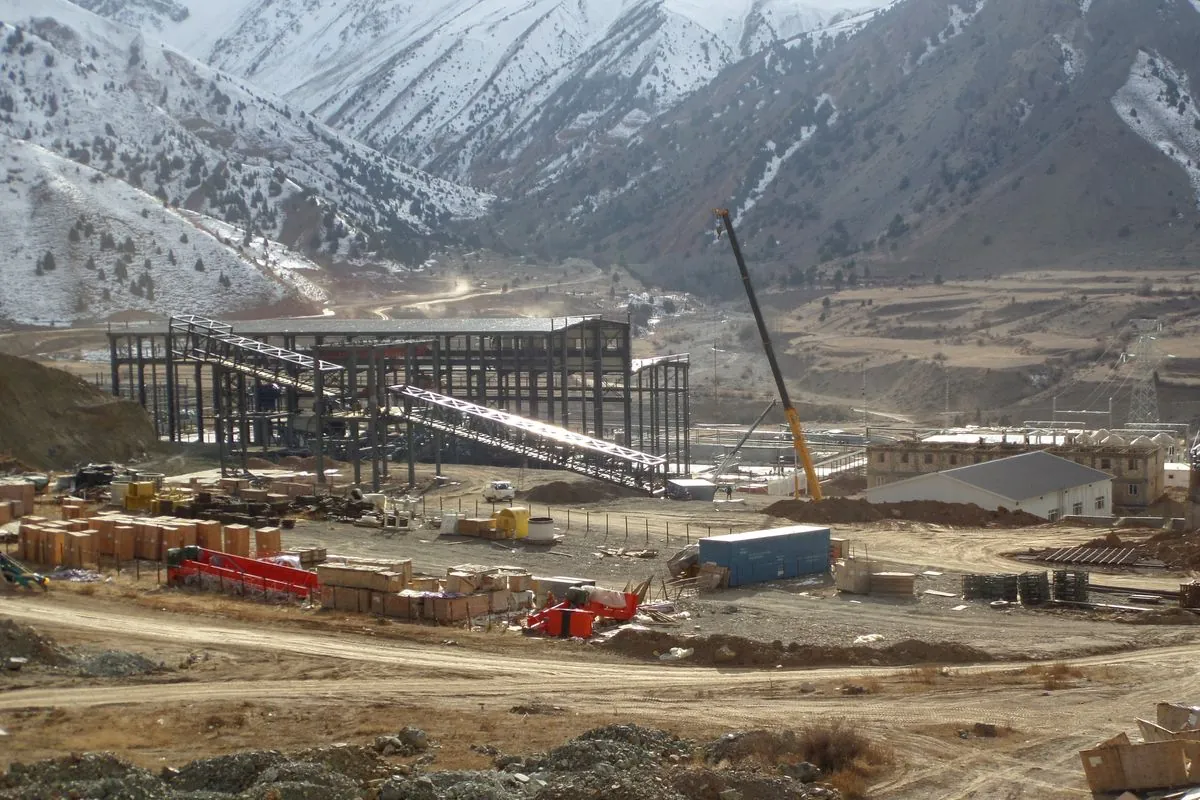China's Antimony Export Curbs Expose U.S. Mineral Vulnerabilities
China's new restrictions on antimony exports highlight the West's critical mineral dependence. Despite efforts to diversify, the U.S. faces challenges in securing alternative sources, underscoring long-term supply chain vulnerabilities.

China's recent announcement of export controls on antimony, effective September 15, 2024, has once again brought attention to the West's dependence on Chinese-dominated mineral supply chains. This move follows similar restrictions on gallium and germanium imposed in the summer of 2023, highlighting Beijing's strategic use of its mineral resources as geopolitical leverage.
Antimony, a metalloid element with atomic number 51, plays a crucial role in various industries, particularly in defense applications. It is a key component in nuclear weapons, infrared missiles, and night-vision equipment. China currently accounts for nearly half of global antimony production and over 60% of U.S. imports, underscoring the significance of this latest move.
The new restrictions require exporters to obtain licenses for certain antimony products and seek permission for related smelting and separation technology exports. This development has reinforced the urgency for Western nations to diversify their mineral supply chains. However, the process of establishing alternative sources faces numerous challenges.
Gracelin Baskaran, an expert in critical mineral security at the Center for Strategic and International Studies (CSIS), notes that the United States is "caught in an impasse" between its political and national security interests and a challenging market environment. High capital costs and volatile commodity prices further complicate efforts to reduce dependence on Chinese supplies.
The risks of over-reliance on geopolitical rivals became evident when Russia launched its full-scale invasion of Ukraine in February 2022, weaponizing its natural gas supply against European buyers. This event accelerated European efforts to transition away from Russian energy, with Moscow's share of Europe's gas supply dropping from 47% to less than 15% by 2023.
China has previously leveraged its critical mineral dominance in geopolitical disputes, notably cutting rare-earth exports to Japan in 2010. The recent restrictions on antimony follow similar measures on gallium, germanium, and graphite, targeting industries from semiconductors to electric vehicle batteries.
"It started with gallium and germanium, so it started with semiconductors. It moved on to graphite, with batteries. We're really at the heart of national defense."
Addressing the critical mineral challenge has become a bipartisan priority in the United States. However, breaking away from China's grip on the industry presents unique challenges. Establishing new mineral supply chains requires developing entire ecosystems of refining, processing, and manufacturing systems, which are costly and time-consuming to build.
The U.S. faces additional domestic hurdles, including a talent shortage in the industry and long-standing permitting delays. Private firms entering the market must navigate a risky and competitive landscape, complicated by price volatility and shifting geopolitical tensions.
Christopher Ecclestone, a mining strategist at Hallgarten & Company, explains that Chinese companies came to dominate the market decades ago by undercutting prices, effectively forcing Western companies out of the industry. The United States hasn't mined antimony for over two decades, but efforts are underway to change this situation.

Perpetua Resources, a U.S. company, is planning to develop an antimony and gold mine in Idaho. The project, known as the Stibnite Gold Project, aims to produce 115 million pounds of antimony and 4.2 million ounces of gold. However, the company faces significant challenges, including lengthy permitting processes and difficulties in securing capital.
McKinsey Lyon, Perpetua Resources' vice president of external affairs, highlights the extended timeline for bringing new mineral resources online. The company identified the resource in 2010 but doesn't expect to extract minerals until 2028, an 18-year process from discovery to production.
Despite these challenges, the U.S. government is taking steps to support domestic critical mineral production. Perpetua Resources has been awarded up to $75 million in funding from the Department of Defense and has received a letter of interest from the U.S. Export-Import Bank for a potential $1.8 billion loan.
As the United States works to address its mineral vulnerabilities, experts emphasize that establishing new supply chains will take time. In the meantime, the country remains exposed to potential disruptions in certain mineral supply chains dominated by China.
The antimony case serves as a powerful reminder of the need for long-term strategic planning in critical mineral security. As geopolitical tensions continue to shape global trade, diversifying mineral supply chains has become not just an economic imperative but a matter of national security for Western nations.


































